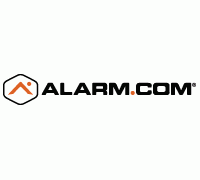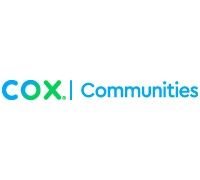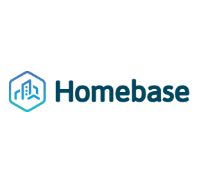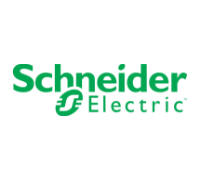Arrayent: Matching the audience with the right use case is key to smart home success
 Ahead of the 21st-annual CONNECTIONS Conference in San Francisco, Peter Radsliff, VP, Marketing at Arrayent, identifies several trends impacting connected consumer markets:
Ahead of the 21st-annual CONNECTIONS Conference in San Francisco, Peter Radsliff, VP, Marketing at Arrayent, identifies several trends impacting connected consumer markets:
What do you think is the biggest driver for the adoption of connected products for consumers?
We believe the biggest driver for connected product adoption is not one thing, but comes from the confluence of three elements:
-
1) a compelling story/solution
-
2) great design
-
3) an incredible user-experience
You see so many examples of well-designed products that don’t have a compelling solution or story to get noticed or make people really care. Or even more tragically, a connected product that is really useful, but its design is ho-hum and it never cuts above the noise. It’s the rare company that creates magic from having just the right blend of design, story and user-experience to make people truly care about the product and want to tell all their friends. But this ‘magic’ is anything but. It comes from companies that invest in human-centered research, industrial design, best-of-breed IoT cloud solutions, and marketing ‘story creation’ (i.e. solution architecture or use-case creation) to create a connected product that truly matters and rises above the rest.
What does the industry need to do to speed up the slow growth of overall smart home adoption?
We don’t think regular people are looking to live in ‘smart homes.’ We think that people will react positively to product and service ideas that make their lives easier and better. The whole concept of ‘smart home’ panders to people who are predisposed to buy tech. A huge rise in the growth of connected products will only come from products that provide real improvements to regular people’s lives. Things like making them safer, making difficult chores easier, reducing costs, or solving specific problems worth solving. Doing this while being able to support the ongoing maintenance costs of products that are ‘always on’ is the real trick.
What are the best use cases for consumers and the Internet of Things?
We think it’s a mistake to think that there are only a few ‘best use cases’ for consumer connected products. It really depends on what is trying to be solved. We do know that tepid solutions for problems that really aren’t that much of a problem are the wrong way to think of use cases. For example, using a smartphone to control an electronic door lock makes little sense if all it solves is to prevent one person from needing to carry a physical key. However, that same connected door lock is an incredibly useful solution for an Airbnb host who needs to remotely issue temporary keys to visitors. So in that case, it’s not really about the use case, but more about the target audience and business expectations of market success. Matching the intended audience with the right use-case and business model is what spells the difference between a connected product that is deemed successful, and one that is not. But even those elements may still not be enough to ensure success. A product also needs great design, an incredible user-experience, and a compelling story/solution to get into the public’s imagination, drive awareness, and ultimately attain financial success.
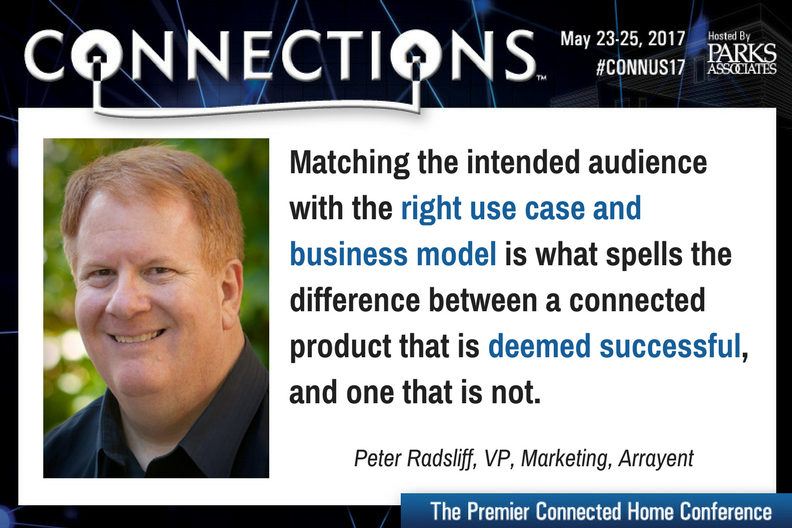
What are the greatest obstacles to the adoption of connected products and services in the home?
We believe the greatest obstacle to connected product adoption come from companies that are just adding connectivity to existing products with minimal thought to why that product will become fundamentally better and more useful to its owner. Until manufacturers are truly ready to reimagine what their products should become in a connected-product world, consumer adoption of these products will remain tepid at best. A connected product should tell a new story or present a new solution to a prospective buyer—something they haven’t heard before and that compels them to want to adopt. Accomplishing this requires a whole new way of thinking from the product’s designers, one that relies on the disciplines of ethnography, design, engineering, and marketing—working together to achieve breakthroughs within existing product categories. The Internet of Things is providing the most incredible opportunity to manufacturers across all consumer product categories to create new category extensions that redefine the leaders in each sector. But so far, few manufacturers have fully embraced this brave new world to see IoT as an opportunity to leapfrog their competition by redefining what products within a category actually mean to the consumers that buy them.
Peter will speak on the workshop session "Industry Insights: Growth and Business Models" on May 23 at 9:45 AM alongside Parks Associates and MivaTek. This workshop requires an additional registration.
For more information on CONNECTIONS speakers, sponsors, or sessions, visit www.connectionsus.com.
Next: Ayla Networks: Voice assistants will become even more appealing
Previous: AirTies Wireless Networks: Solving Wi-Fi issues is not a consumer problem




 Ahead of the
Ahead of the 


